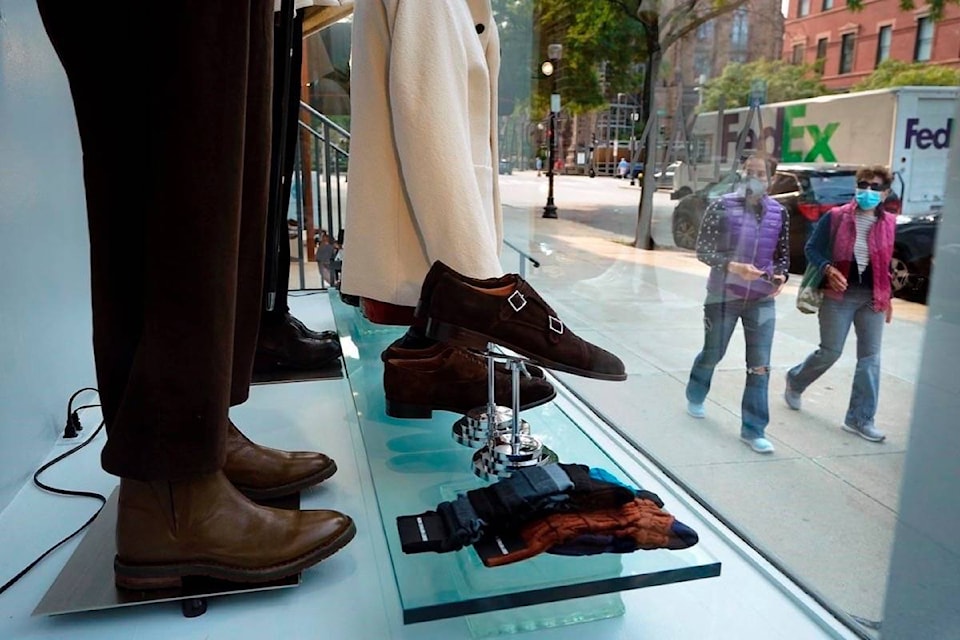MILAN — Sales of luxury apparel, jewelry and beauty products are set to slide by nearly a quarter this year as the pandemic wipes out more than six years of growth, according to a study released Wednesday by the consultancy Bain.
Still, the drop is narrower than the 35 per cent collapse forecast in the spring, thanks largely to a market recovery in China, which is generating nearly a third of all sales.
For 2020, the sector is expected to generate 217 billion euros ($256 billion) in revenues, which is 2 billion euros below 2014 levels and down 64 billion euros from 2019, Bain said in the semi-annual study prepared for Italy’s Altagamma association of high-end producers.
It is the first decrease since the 2009 financial crisis, when the industry suffered a 9 per cent drop but also quickly recovered the following year.
The timing of any bounce back from the pandemic remains uncertain as a resurgence in the virus is leading countries to once again shut down non-essential retail and travel around the globe. It will largely depend on the timing of a vaccine, Bain partner Claudia D’Arpizio said in an interview.
D’Arpizio expects the outlook to become clearer in the second quarter, when it will be easier to understand how strong spending is in China, the impact of any stimulus measures in the U.S. and Europe as well as any new tax policies by U.S. President-elect Joe Biden, which are likely to affect high-earners.
“I see a lot of uncertainty for next year, with less uncertainty for the longer term,’’ D’Arpizio said.
Forecasts for 2021 growth fall in an unusually large range of 10 to 19 per cent. Brands’ profits are expected to drop 60 per cent this year and recover only half of that next year.
China, where the market is already improving, is expected to lead the trend. Bain foresees a full global recovery between 2022 and 2023, with Chinese customers responsible for nearly half of all sales by 2025.
As more people around the globe were forced to stay home, apparel sales fell 30 per cent to 45 billion euros. Footwear slid 12 per cent to 19 billion euros, thanks to the sneaker trend which drove a second half rebound, while Asian consumers helped cushion a 15 per cent decline in jewelry sales to 18 billion euros.
The pandemic is accelerating transitions that were already under way in the sector, including a shift to online buying, a focus on sustainability and diversity, the growing role of younger generations and experimentation with digital platforms to replace or enhance the runway experience.
“The pandemic has eliminated the excuses for brands that didn’t understand the trends, to give a sense of urgency to the right investments,’’ D’Arpizio said.
She cautioned that the longer the crisis endures, some brands will run out of cash, forcing some out of business and others to restructure.
“The more the situation is sustained, the more we risk the crisis will be permanent,” she said.
By The Associated Press
